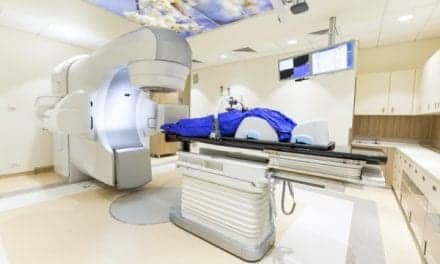A new study in the August issue of The Joint Commission Journal on Quality and Patient Safety, “Standardizing Point-of-Care Ultrasound Credentialing Across a Large Health Care System,” details a multimodal POCUS credentialing initiative for emergency physicians (EPs) at Cleveland Clinic.
Point-of-care ultrasound (POCUS) is a valuable tool to help physicians rapidly diagnose conditions at the bedside. As POCUS becomes more widely used, large healthcare systems are standardizing practice patterns and credentialing physicians in POCUS.
The POCUS credentialing initiative was implemented across 11 hospitals in the healthcare system between January 1, 2017 and July 1, 2018 and included:
- Standardization of POCUS credentialing for all hospitals in the system
- Tiered POCUS credentialing (Basic and Intermediate) for manageable attainment of goals with a required POCUS course
- Automatic privileges for EPs who completed residency of practice-based POCUS pathways prior to employment
- Implementation of a practice-based pathway for competency assessment for non-credentialed physicians
Key factors for implementation included executive administrative support, dedicated POCUS courses, equipment standardization, a robust electronic medical record capable of logging training scans and competency assessment for attainment of privileges.
Through the initiative, 78 out of 106 EPs achieved Intermediate credentialing. The remaining 28 EPs completed the required Basic POCUS course – with 13 EPs completing the initiative to become credentialed. From 2016 to 2018, the number of EPs performing scans increased from 52 to 112, and the number of POCUS scans increased from 928 to 3,007.
“We commend [the study authors] on the successful development of an ambitious credentialing initiative that credentialed a large cohort of emergency physicians in a short period of time,” notes an accompanying editorial. “Replication and expansion of similar initiatives to other EDs, hospital systems, and specialties should improve provider competence, medical decision making, revenue capture, and ultimately, the quality and safety of our patient care.”
For more information, visit The Joint Commission Journal on Quality and Patient Safety.





